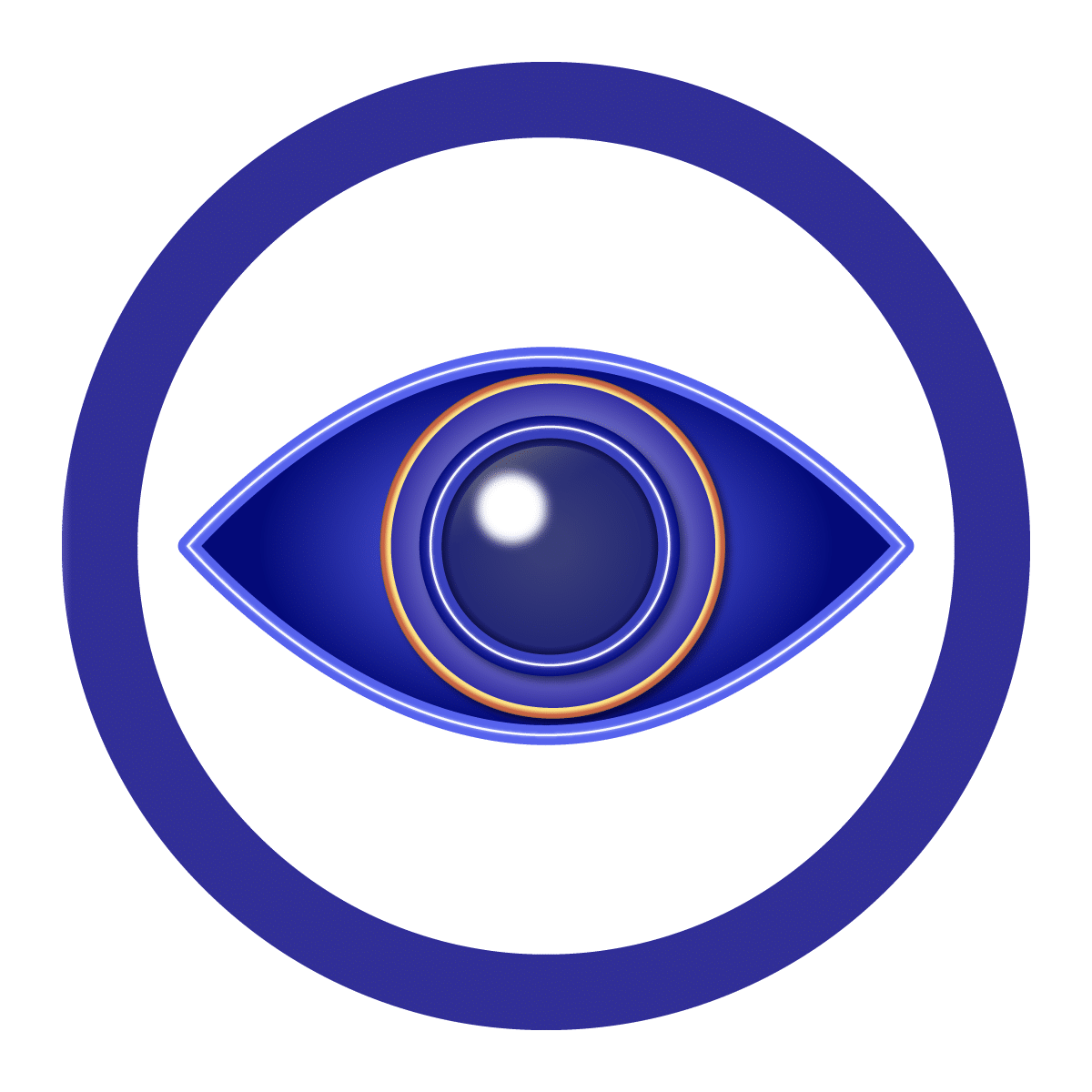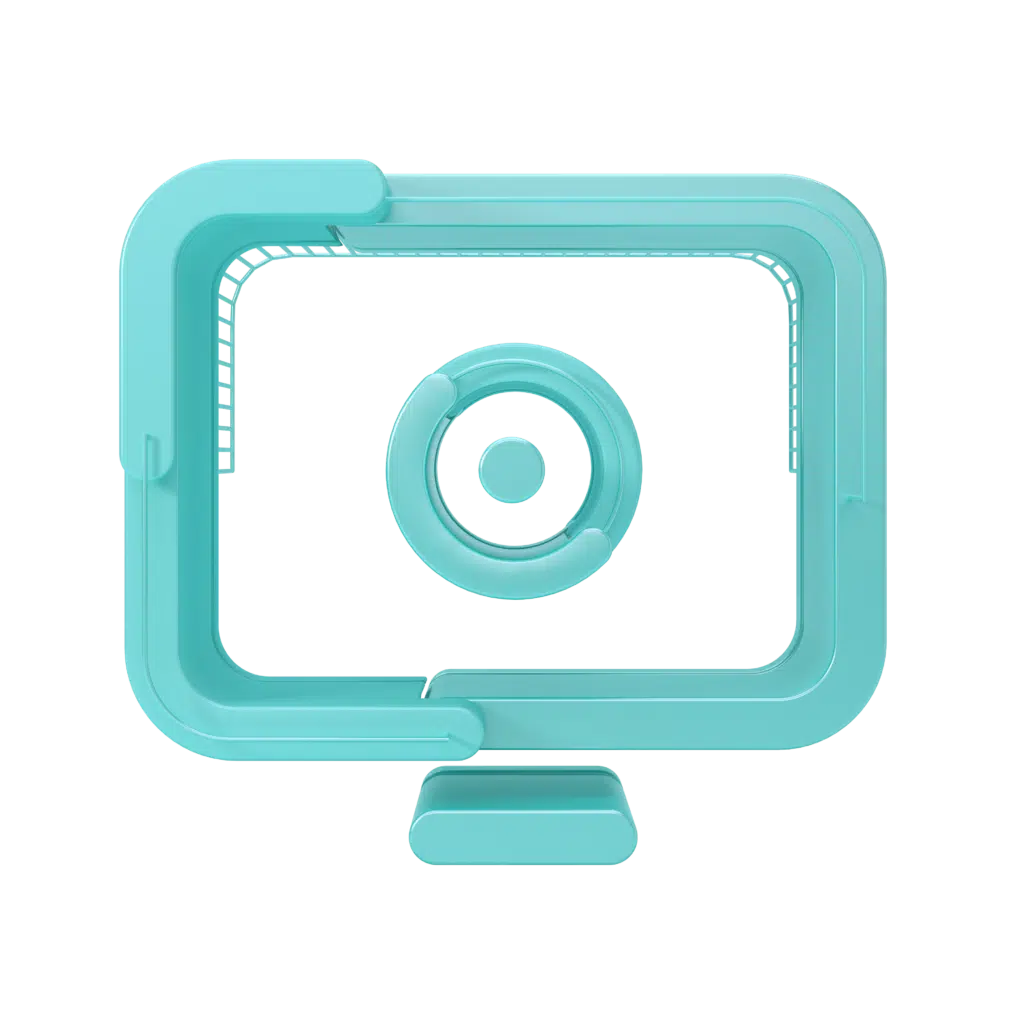Despite previously covering how Computer Vision functions, we didn’t even scrape the surface when it comes to the wide-ranging capabilities of the technology and how advancements in the sector are leading to ground-breaking developments across numerous industries. Think of a core industry and you are likely to find a Computer Vision application already in process. At the very least, plans for it to be implemented in the near future are in motion. This application of Computer Vision is resulting in improved processes, enhanced consumer experiences, reduced costs and increased security.So where is Computer Vision currently being put into action and what are the real-world implications of its capabilities? AgricultureFarming is a notoriously time-intensive industry, with profits and success reliant on both the efficiency of processes but also the health of crops and livestock. Monitoring the health and wellbeing of animals and plants is a full-time job that often relies on subjective human judgement. But, if warning signs are missed, this can have devastating consequences on yields and livelihood. The combined use of automatised technology such as drones, satellite images and remote sensors can gather huge amounts of data which Computer Vision technologies can utilise to provide comprehensive, real-time monitoring of crop growth and quality as well as animal behaviours. And, crucially, all without manual intervention. For crops this may translate to information on soil conditions, irrigation levels, plant health, and local temperatures. This could have ground-breaking results for an industry where time really is money.The ability to detect plant disease at an early stage should also not be overlooked. Automatic image-based plant disease severity estimation using Deep Convolutional Neural Network (CNN) applications were developed, for example, to identify apple black rot. This will allow farmers to react to potential problem areas at an early stage, distribute available resources efficiently and hopefully avoid any yield loss. RetailIn the retail world, alongside existing security cameras, Computer Vision algorithms can automatically evaluate video material and study customer behaviour. This was particularly relevant during COVID-19 restrictions where the number of people in shops could be monitored automatically in line with the maximum number allowed. In some cases, this would then be attached to an alert system such as a green or red light to stop more customers from entering.Delving deeper, these same techniques can be used to analyse the chosen routes of customers through a store or departments, how long they stay at particular shelves and what they ended up buying. These capabilities can then have implications on the design, structure, and an optimised placement of products.EducationRemote learning has brought about numerous unique challenges, for teachers engaging their class in their lesson became a new challenge – mainly as it is very difficult to constantly monitor the engagement of that class and reengage those students. Engagement detection systems offer a potential solution, where Computer Vision and Deep Learning can detect less engaged students and notify the teacher. This will help with a teachers limited time – signalling to individual students needing extra attention or being able to see if enough students are disengaging to make reengaging the whole class worthwhile. In a similar vein, Computer Vision and Deep Learning can be used to train an AI model that is able to detect if pupils are looking at someone else’s paper during an examination. Augmented reality Computer Vision is a core element of augmented reality apps. This technology helps AR apps to detect physical objects (both surfaces and individual objects within a given physical space) in real-time and use this information to place virtual objects within the physical environment. Ikea for example has used the technology to allows prospective customers to test out products at home using the Ikea Place app. Facial recognition Facial recognition technology is commonly used to match images of people’s faces to their identities. This is crucial for biometric authentication – allowing mobile phone users to unlock their devices by showing their face. The camera sees the image and the phone analyses it to identify whether the person is authorised on this device – all in just a few seconds. Healthcare Image information accounts for 90 per cent of all medical data, making it a key element in the medical field. Many diagnoses are based in image processes – such as X-rays and MRI scans. And image segmentations help in medical scan analysis – for example, computer vision algorithms can detect diabetic retinopathy, the fastest-growing cause of blindness. Cancer detection is another key example where the technology is being harnessed to diagnose different forms of cancer. This is particularly useful when examining areas that include tumours but also sections that may appear as tumorous but are benign. The computer vision algorithm identifies the tumours and is not confused by the normal areas that resemble tumours.With the global Computer Vision market size on track to reach $41.11 billion by 2030, the capabilities that the technology can offer will continue to revolutionise numerous industries and bring about life altering and potentially lifesaving solutions.Intrigued by Computer Vision and wondering how to break into the sector? Take a look at our latest Data Science jobs or get in touch with one of our expert consultants to find out more.

























